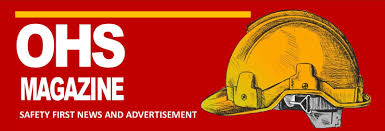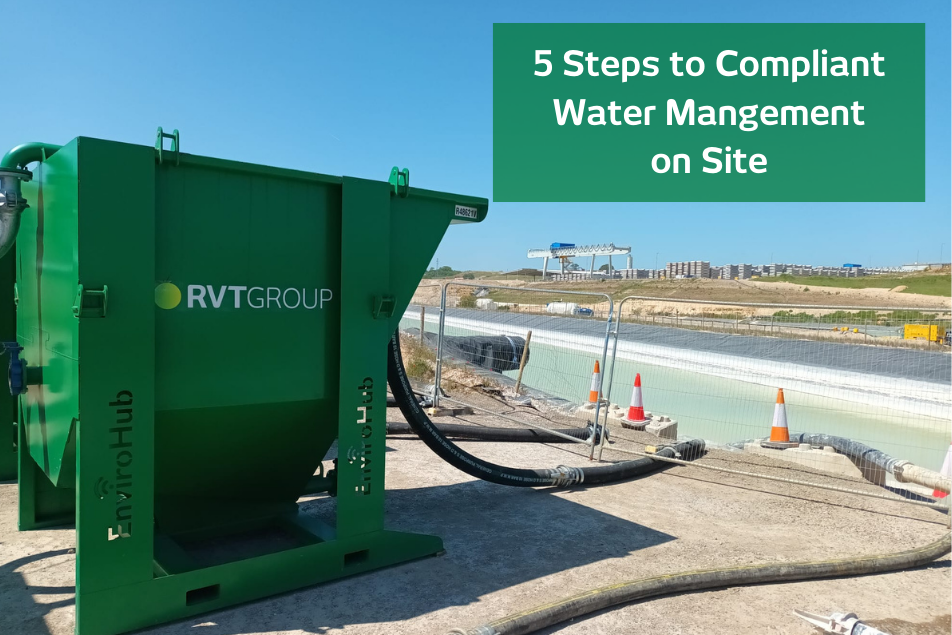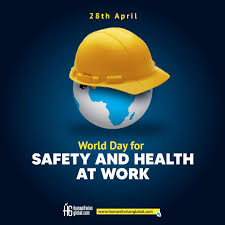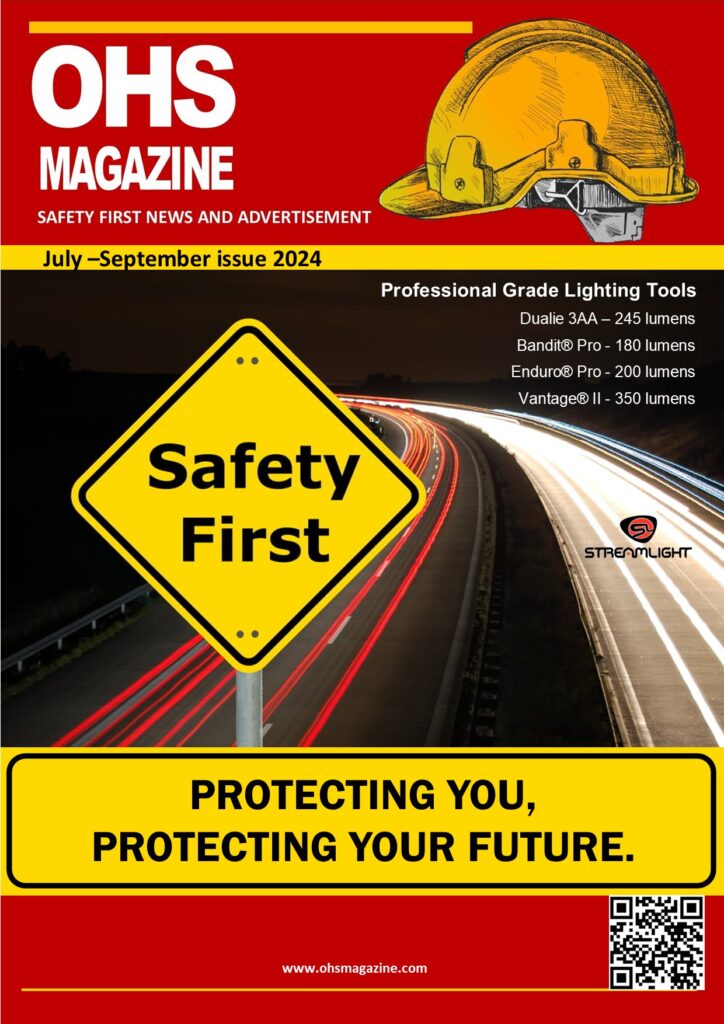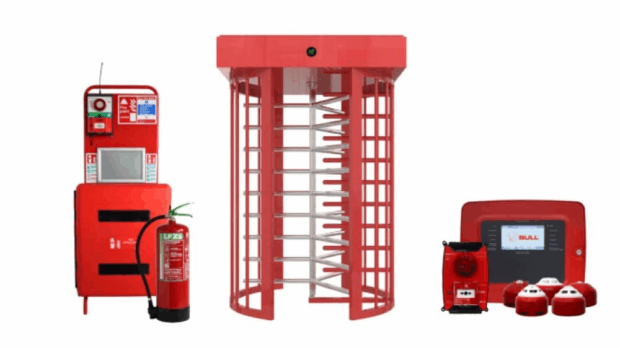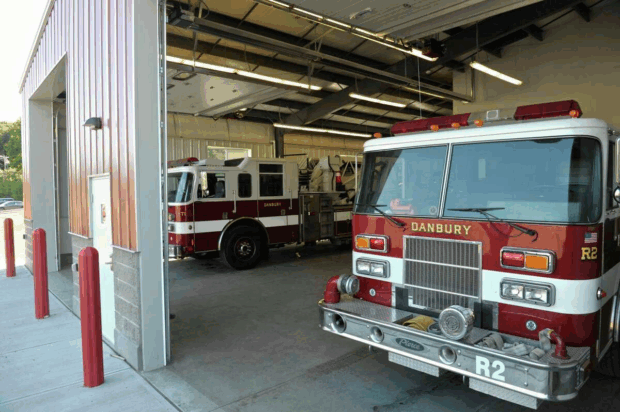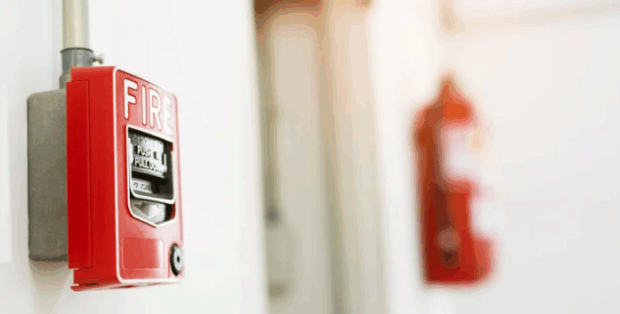Does Your Site Have a Compliant Water Management Plan? By OHS Magazine Editor, McRey
When we think about workplace safety, it’s easy to focus on obvious hazards like falls, machinery, or ergonomics. However, water management is often overlooked, despite being a critical factor in ensuring occupational health and safety (OHS). A compliant water management plan (WMP) isn’t just about preventing water wastage or managing plumbing—it’s a comprehensive strategy to protect workers, prevent hazards, and ensure regulatory compliance.
In this article, we’ll explore why every site needs a compliant water management plan and how it impacts overall safety and health. Whether you’re in construction, manufacturing, or facility management, an effective WMP should be at the heart of your site safety strategy.
Why Water Management Matters in OHS
Water is both an essential resource and a potential hazard in the workplace. A compliant water management plan is designed to manage water risks, from supply and usage to storage and disposal. Poor water management can lead to contamination, health issues, equipment damage, or even workplace accidents.
Industries such as construction, food processing, and manufacturing rely heavily on water for various operations. Without a proper WMP, these industries risk not only regulatory penalties but also the well-being of their workers. For example, Legionella bacteria can proliferate in poorly maintained water systems, leading to Legionnaires’ disease, a serious respiratory illness. Additionally, stagnant or contaminated water can cause workplace accidents through slips, trips, or falls.
An effective water management plan mitigates these risks by providing clear guidelines on how to handle water, monitor its quality, and manage potential hazards.
Key Components of a Compliant Water Management Plan
A compliant WMP should be tailored to the specific risks of your industry and worksite. However, there are some key components that are universal for ensuring compliance and safety:
1. Risk Assessment
Every WMP should begin with a thorough risk assessment. This process involves identifying potential water hazards such as Legionella growth, contamination risks, waterborne diseases, and physical hazards like leaks or standing water. Risk assessments should be regularly updated to reflect any changes in the workplace, equipment, or environment.
2. Water Quality Monitoring
Monitoring water quality is a critical part of preventing contamination and illness. Regular testing for harmful bacteria, chemical pollutants, and other contaminants is essential to ensure that water used for drinking, cleaning, or industrial processes meets safety standards.
3. Maintenance of Water Systems
Regular maintenance is crucial for ensuring that water systems like HVAC units, cooling towers, plumbing, and storage tanks remain clean and functional. Proper cleaning schedules, flushing of systems, and treatment of water are all part of a compliant water management approach.
4. Training and Awareness
Employees should be trained on the importance of water management and their role in maintaining compliance. Workers should understand the risks posed by improper water handling, be aware of emergency procedures in case of leaks or contamination, and know how to report any water-related hazards they observe.
5. Documentation and Reporting
Keeping accurate records is essential for demonstrating compliance with local regulations. A compliant WMP includes documentation of water testing results, risk assessments, system maintenance, and any corrective actions taken to address identified risks.
6. Emergency Response Procedures
A water management plan should also have clear emergency procedures for potential water-related incidents such as leaks, contamination, or flooding. Emergency response plans help ensure that workers know how to respond quickly and safely to mitigate water hazards.
Regulatory Compliance and Legal Implications
Failing to implement a compliant water management plan can have serious legal and financial consequences. Many countries and regions have specific regulations surrounding water quality and safety, including requirements for Legionella control, potable water standards, and wastewater disposal.
Non-compliance can lead to hefty fines, legal actions, or shutdowns of operations. More importantly, it can put workers at risk of waterborne illnesses or accidents, leading to potential compensation claims and reputational damage.
Best Practices for Implementing a WMP
If you’re unsure whether your site’s water management plan is compliant, there are several best practices you can follow:
- Engage Experts: Bring in environmental or water management experts to help assess your site’s current plan and identify areas for improvement.
- Conduct Regular Audits: Water systems should be regularly audited to ensure they are functioning properly and meet compliance requirements.
- Stay Informed on Regulations: Water safety regulations can vary depending on your location and industry, so it’s important to stay up-to-date on any changes that may impact your site.
- Promote a Safety Culture: A compliant WMP is only effective if everyone is on board. Promote water safety awareness at all levels of your organization, encouraging workers to report potential issues and follow best practices.
Conclusion
In the world of occupational health and safety, water management is often an underestimated risk. However, a compliant water management plan is essential for protecting workers, ensuring regulatory compliance, and maintaining a safe work environment. Whether you operate a construction site, a manufacturing plant, or a commercial facility, your WMP should be a core component of your OHS strategy.
Is your site’s water management plan up to standard? Now is the time to evaluate, update, and ensure compliance for a safer workplace.
McRey is the editor of OHS Magazine, providing insightful articles on occupational health and safety to industry professionals. Stay tuned for more updates on critical OHS topics in our next issue.
